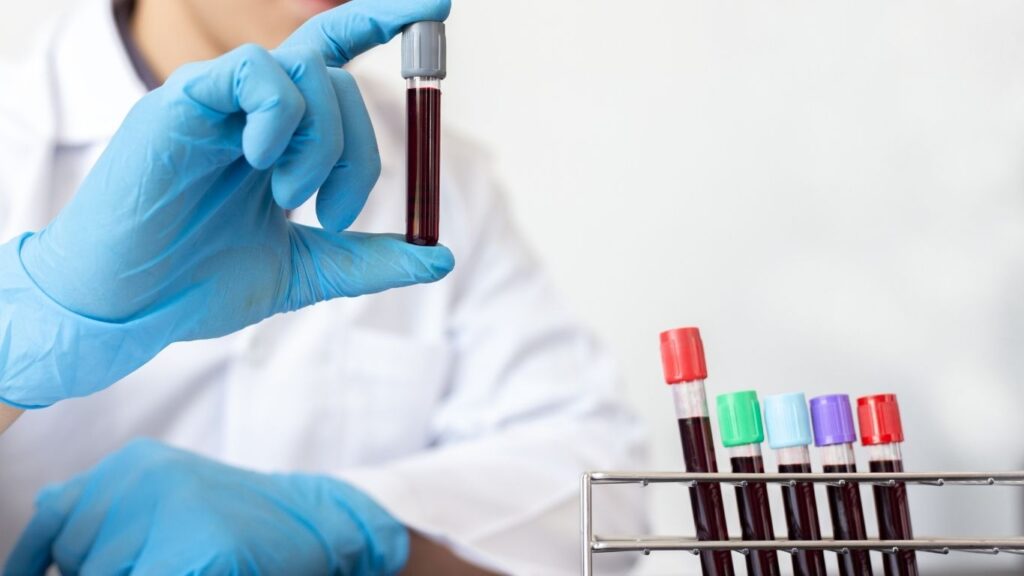Dengue Hemorrhagic Fever (DHF) is a dangerous escalation of dengue fever that can result in severe, life-threatening complications. Predominantly spread by the Aedes aegypti mosquito, DHF presents a serious health threat, especially in tropical and subtropical areas globally. Recognizing the symptoms is crucial, as DHF can rapidly progress to a critical state. This article delves into the symptoms, identifying factors, and underlying causes of DHF. Additionally, it covers the available treatment options and emphasizes preventive strategies to combat the spread of this disease. By understanding these aspects, individuals and communities can better prepare and protect themselves against this severe health hazard.
Dengue Hemorrhagic Fever: Symptoms, Causes, and Treatment
What is Dengue Hemorrhagic Fever?
Dengue Hemorrhagic Fever (DHF) is a serious form of dengue fever that leads to increased vascular permeability, abnormal blood clotting, and bleeding. Unlike the milder forms of dengue fever, which generally cause mild to moderate symptoms, DHF is more severe and can rapidly deteriorate into dengue shock syndrome (DSS). DSS is a critical condition marked by a significant drop in blood pressure, leading to shock, organ failure, and potentially death if not treated promptly. The transition from dengue fever to DHF and then to DSS underscores the importance of early detection and medical intervention. Symptoms of DHF include high fever, severe headache, pain behind the eyes, joint and muscle pain, rash, and easy bruising. As the disease progresses, it can cause severe abdominal pain, persistent vomiting, and bleeding from the gums or nose. Immediate medical care is crucial to manage DHF and prevent the onset of DSS.
Symptoms of Dengue Hemorrhagic Fever
DHF usually begins similarly to classic dengue fever, with symptoms appearing 4-10 days after a mosquito bite. Initial symptoms include:
- High fever (40°C/104°F)
- Severe headache
- Pain behind the eyes
- Muscle and joint pain (often referred to as “breakbone fever”)
- Nausea and vomiting
- Swollen glands
- Skin rash

As the fever subsides, more severe symptoms can develop, indicating the progression to DHF:
- Severe abdominal pain
- Persistent vomiting
- Rapid breathing
- Bleeding gums or nose
- Fatigue and restlessness
- Blood in vomit or stool
- Pale, cold skin
- Weak pulse
These symptoms are indicative of increased capillary permeability, leading to plasma leakage, bleeding, and potentially, shock.
Causes and Risk Factors
Dengue Hemorrhagic Fever is caused by the dengue virus, of which there are four distinct serotypes (DEN-1, DEN-2, DEN-3, DEN-4). A person can be infected by each serotype over their lifetime. Subsequent infections by different serotypes increase the risk of developing severe dengue, including DHF, due to a phenomenon called antibody-dependent enhancement (ADE).
Key risk factors include:
- Living or traveling in tropical and subtropical areas where dengue is endemic (e.g., Southeast Asia, Latin America, Africa)
- Previous infection with a different serotype of the dengue virus
- Children under 15 years old are particularly susceptible to DHF.
Diagnosis
Diagnosing DHF involves a combination of clinical evaluation and laboratory tests. Blood tests are crucial to detect the presence of the dengue virus and to distinguish it from other infections with similar symptoms. These tests can identify the virus itself, antibodies produced in response to the infection, or viral genetic material.

Treatment
Currently, there is no specific antiviral treatment for dengue fever or DHF. Management focuses on supportive care to relieve symptoms and address complications.
Key aspects of treatment include:
- Hydration: Maintaining fluid balance is critical, as DHF can cause severe dehydration due to plasma leakage.
- Pain Management: Acetaminophen (paracetamol) is used to reduce fever and relieve pain. Non-steroidal anti-inflammatory drugs (NSAIDs) like ibuprofen and aspirin are avoided due to their risk of increasing bleeding.
- Monitoring and Supportive Care: Severe cases may require hospitalization for intravenous (IV) fluid administration, blood transfusions, and close monitoring of vital signs and blood counts.
Prevention
Preventing DHF involves reducing mosquito exposure and controlling mosquito populations. Key preventive measures include:
- Using Mosquito Repellents: Products containing DEET, picaridin, or oil of lemon eucalyptus can effectively repel mosquitoes.
- Protective Clothing: Wearing long sleeves, long pants, and using mosquito nets can help prevent bites.
- Eliminating Breeding Sites: Removing standing water where mosquitoes lay eggs (e.g., in buckets, flower pots, old tires) is crucial.
- Vaccination: The Dengvaxia vaccine is available in some regions for individuals who have previously been infected with dengue. However, it is not widely recommended for those who have never had dengue due to the risk of severe dengue upon subsequent infections.
Global Impact and Statistics
Dengue fever and DHF have seen a dramatic increase globally. According to the World Health Organization (WHO), the incidence of dengue has increased 30-fold over the last 50 years. In 2023, over 6.5 million cases and more than 7300 dengue-related deaths were reported worldwide. The highest numbers of cases were in the Americas and Southeast Asia.

Conclusion
Dengue Hemorrhagic Fever is a serious public health concern in many parts of the world. Understanding its symptoms, causes, and treatment options is crucial for managing and preventing this disease. While there is no specific cure, effective management and preventive measures can significantly reduce the risk and impact of DHF. Public health initiatives aimed at mosquito control and vaccination, along with individual precautions, are key to combating this potentially deadly disease.
Also read: Top 5 Mosquito-Borne Diseases: Symptoms, Treatment, and Prevention
